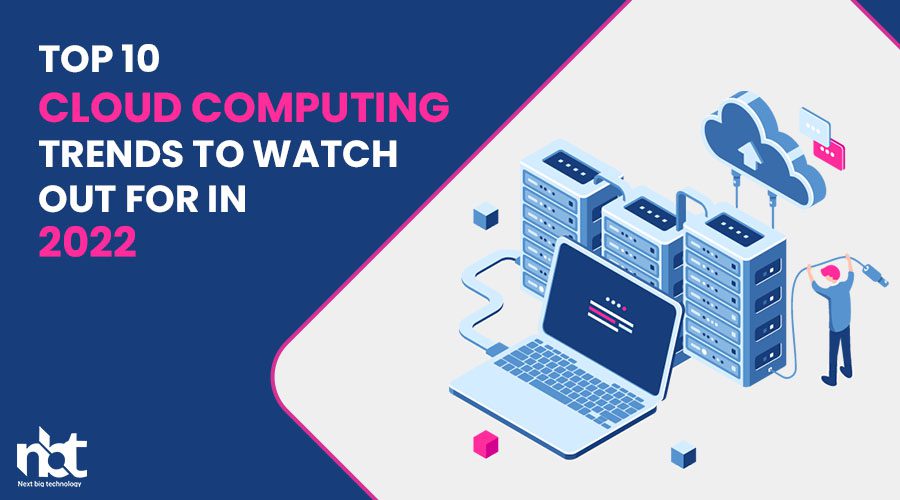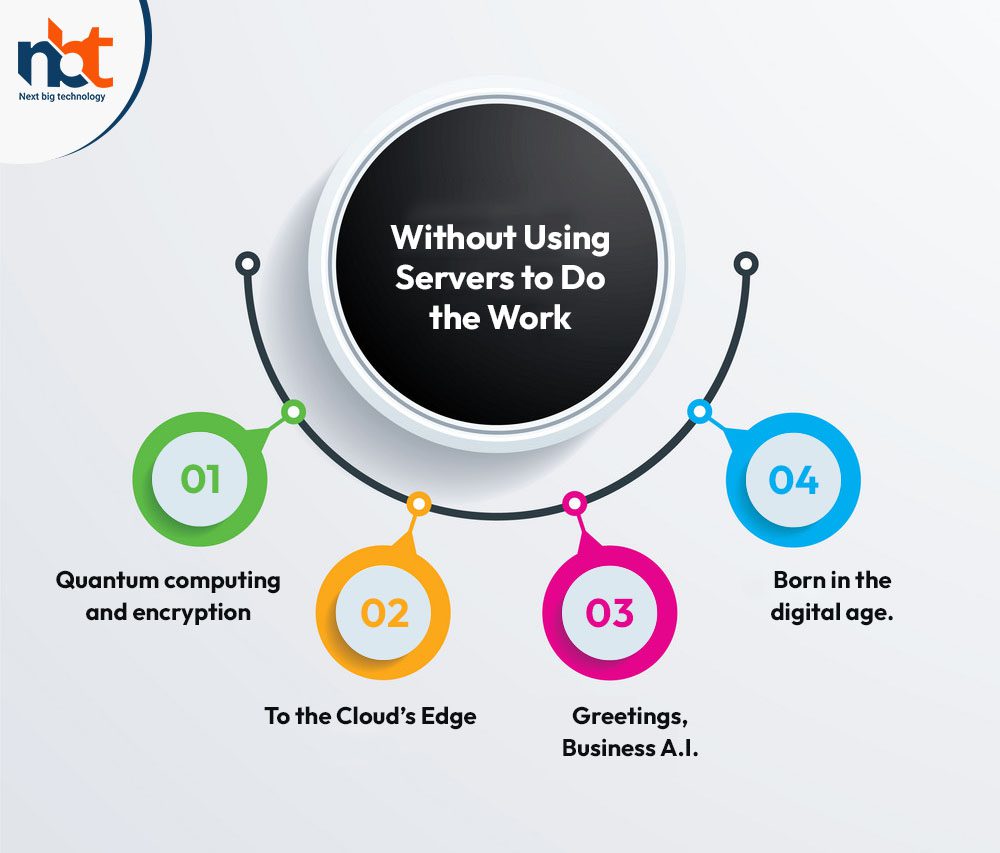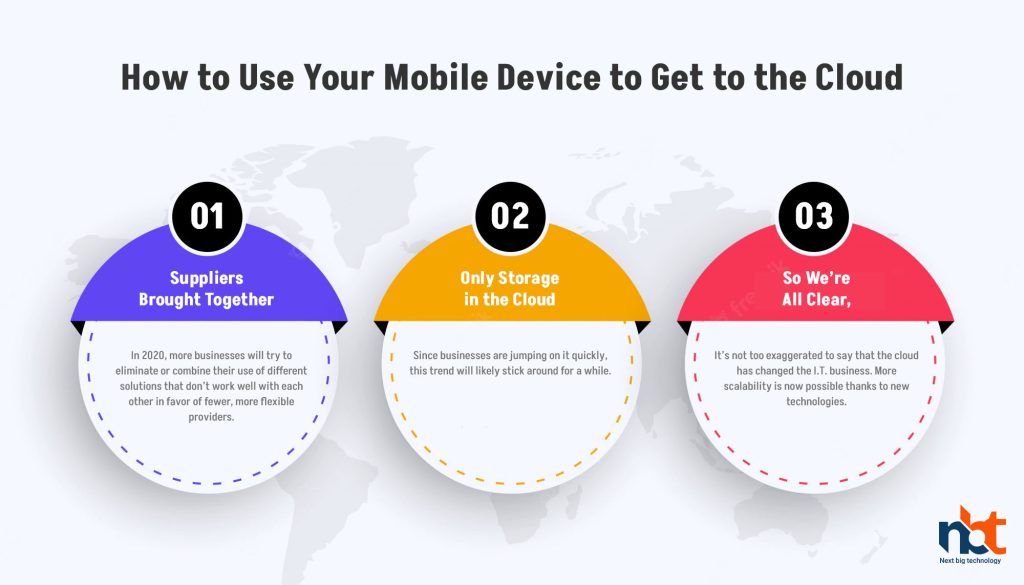The cloud computing industry is constantly changing, as it is one of the fastest-growing parts of the economy. Because things change so quickly, it’s hard to keep up with everything that’s going on.
Still, some styles stand out for being incredibly influential and new. At the moment, experts think these trends will define the market for cloud computing and help make it a mainstream technology.
There is a chance that the technology they need will change and that the companies they will work with will also change. But in the long run, these tendencies will help and even speed up the standardization and adaptation the technology industry is going through.
The latter’s growth can be seen in its supporting architecture becoming more portable. As a result, it’s more important than ever to be able to move data and work around as needed. International Data Corporation says that by 2022, more than 90% of organizations worldwide will use hybrid cloud solutions (IDC).
Twenty-two essential changes to keep an eye on in cloud computing. Let’s look at the cloud computing trends of 2022.
Table of Contents
From Multi-Cloud, change to Single-Cloud.
Using a mix of cloud services in a complicated and different way is nothing new. However, businesses are increasingly switching to different IaaS providers, which has led to the following needs:
Some benefits are that applications can be moved around, connecting to data integration platforms is more accessible, and getting compute cycles in real time is quick and easy.
Also read : Top 10 Cloud Computing Challenges for IT Service Providers in 2021
Cross-platform partnerships between vendors can be helpful.
As a result, multi-cloud is slowly becoming omni-cloud, and the architecture underneath is becoming more standard. So, for example, adopting omni-cloud computing services could give it an edge in the market if a company has many different divisions.
Since there is no vendor lock-in or a high switching cost, this business can buy cloud services directly from hyperscalers and niche providers, making the most of the benefits of each.
Without Using Servers to Do the Work
People say this one is a vital part of the progressive cloud of today. So it’s getting more and more popular. Few businesses have used this method, though.
Serverless computing still needs some kind of server infrastructure from a technical point of view. They still work with the programs and can be used with them. But it is the cloud service provider’s job alone to watch over how the code is run.
Customers pay the same amount for code execution for bandwidth changes and servers. The pay-as-you-go pricing model is what makes it new and different.
In a way, serverless computing services can automatically adjust to changes in how much they are used. So, businesses that use it don’t have to worry about provisioning and maintenance while the code is being made.
This changes the way technology advances and means that the infrastructure needs to be reorganized, but it’s a massive win for cloud computing.
Quantum computing and encryption
The way technology is right now is very far ahead of its time. Therefore, the performance of computers is also assumed to improve over time. In this case, Q.C. (Quantum Computing) is applicable.
Making hardware that uses quantum mechanical phenomena like superposition, entanglement, and similar things is the key to making computers work well. Quantum computing makes it possible to make computers and servers that work very quickly.
Don’t forget that cloud computing requires fast network systems, which still have slow spots. Because of this, it will be confirmed for a long time.
To the Cloud’s Edge
We’re talking about Edge Computing right now.
To give cloud computing and centralized data storage the size they need, a large number of traditional servers that are physically located must be kept up and run. In addition, their distributed architecture helps them process and analyze vast amounts of data in many ways.
Edge Computer, on the other hand, is best for businesses that quickly need data or computing resources.
For the systems and their operations to work correctly, they must process information from many different sources.
As a computer paradigm, it lets processing happen close to where the data comes from. This means that response times are quick and bandwidth usage is low. However, the infrastructure is also less centralized and more stable.
Greetings, Business A.I.
Machine Learning-based SaaS, analytics, I.T. operations, and Business Intelligence products are the next big thing. Cloud service providers want to make money off of A.I.’s rising popularity and the benefits it brings.
This is why enterprise A.I. will be used more and more in chatbots, inference engines, and other predictive analytics applications over the next year.
Additionally, the A.I. wouldn’t just be used to help the public. It looks like businesses are planning to use this technology in every part of their operations in a full-circle way.
Born in the digital age.
This is a talk about how the workforce is becoming increasingly digitalized. This group has a good grasp of what cloud computing is and what it can do. They think and talk in a way that is different from anyone else. They are the kind of people who prefer the instant messaging service “WhatsApp” over email.
The problem is that older workers may need to be watched, trained, and supervised when using these advanced communication forms.
Because technology is changing so quickly and businesses are using Cloud computing, they may need to find a way to help different teams work together.
Containerization
Software containers make it easier to handle and move code. Containerization is a Cloud Computing trend that hasn’t changed much over the years.
All three Cloud platforms, Amazon Web Services, Microsoft Azure, and Google Cloud, use the same underlying technologies and use and update them in the same way. This makes it easier for businesses to switch between them. In addition, this means that using DevOps techniques will allow the software to be made faster.
Forrester says that one in three businesses test their production containers. 451 Between 2015 and 2020, the Container market is expected to grow at a CAGR of 40% and reach $2.7 billion. In addition, cloud Foundry says that 53% of companies will either use containers or look into the possibility of using them for future software projects.
How to Use Your Mobile Device to Get to the Cloud
Making, hosting, and managing mobile apps in the cloud is called “Mobile Cloud Computing” (MCC). This new technology was made possible by the growing number of mobile devices worldwide.
All of this is done to give the user a better experience. But MCC has some security problems, the most important of which is that data could be lost. Because of this, companies that use it must do everything they can to protect themselves from any possible backlash.
Using the cloud on your mobile device will also save time and energy. In addition, with the help of the public cloud, you can cut maintenance costs, make your data more secure, and protect your privacy.
Suppliers Brought Together
In 2020, more businesses will try to eliminate or combine their use of different solutions that don’t work well with each other in favor of fewer, more flexible providers.
As you might guess, consolidating vendors is all the rage. With the cloud, businesses could narrow their list of possible suppliers to just a few reliable partners who can help them save money on inventory and shipping costs.
Also read : What Are the Different Types of Cloud Computing?
Only Storage in the Cloud
Since businesses are jumping on it quickly, this trend will likely stick around for a while. However, its return will be very welcome, especially now that technologies like Containers make it easier to move applications and less complicated to move on-premises workloads.
So We’re All Clear,
It’s not too exaggerated to say that the cloud has changed the I.T. business. More scalability is now possible thanks to new technologies. There are also models where you pay as you go, which can be better financially and in terms of how things work. So at the moment, the future of the cloud looks bright and exciting.
Thanks for reading our post “Top 10 Cloud Computing Trends to Watch Out for in 2022”, please connect with us for any further inquiry. We are Next Big Technology, a leading web & Mobile Application Development Company. We build high-quality applications to full fill all your business needs.






















